A scholar, artist and heir to a considerable fortune, Joseph-Philibert Girault de Prangey set off from his native France in 1842 for a tour of the historic archeology of the Eastern Mediterranean. But, more than just an eager sightseer, Girault de Prangey planned to capture such famed structures as the Acropolis in Athens and the Dome of the Rock in Jerusalem via daguerreotype – the world’s first publicly accessible photographic process – with the intent of publishing and selling his images. These pictures, as well as the additional street scenes and cityscapes he would capture along the way, would eventually become historic in their own right, in some cases representing the oldest surviving photographs of the places depicted. However, as this video essay from the YouTube channel Kings and Things details, these remarkable images would go almost entirely unseen until the 1920s, some three decades after Girault de Prangey’s death. Inviting viewers to retrace this photographer’s footsteps, the video presents a riveting window onto the Eastern Mediterranean as it existed nearly two centuries ago, at the dawn of the photographic age. For more from Kings and Things, watch The Impossible Architecture of Étienne-Louis Boullée.
See the Mediterranean as it was captured in some of the earliest surviving photographs
Video by Kings and Things
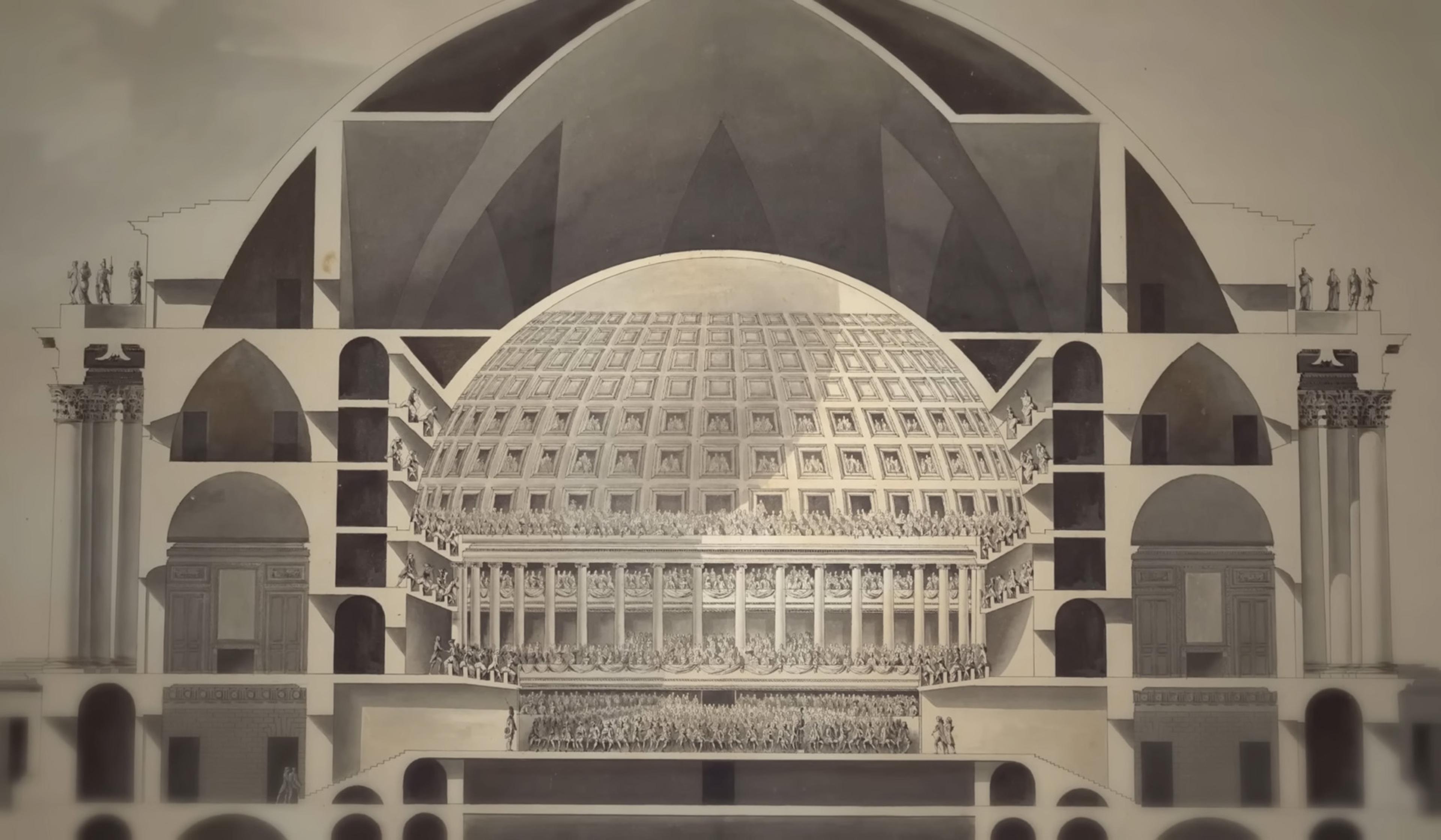
videoArchitecture
The radically impractical 18th-century architect whose ideas on beauty endure
19 minutes
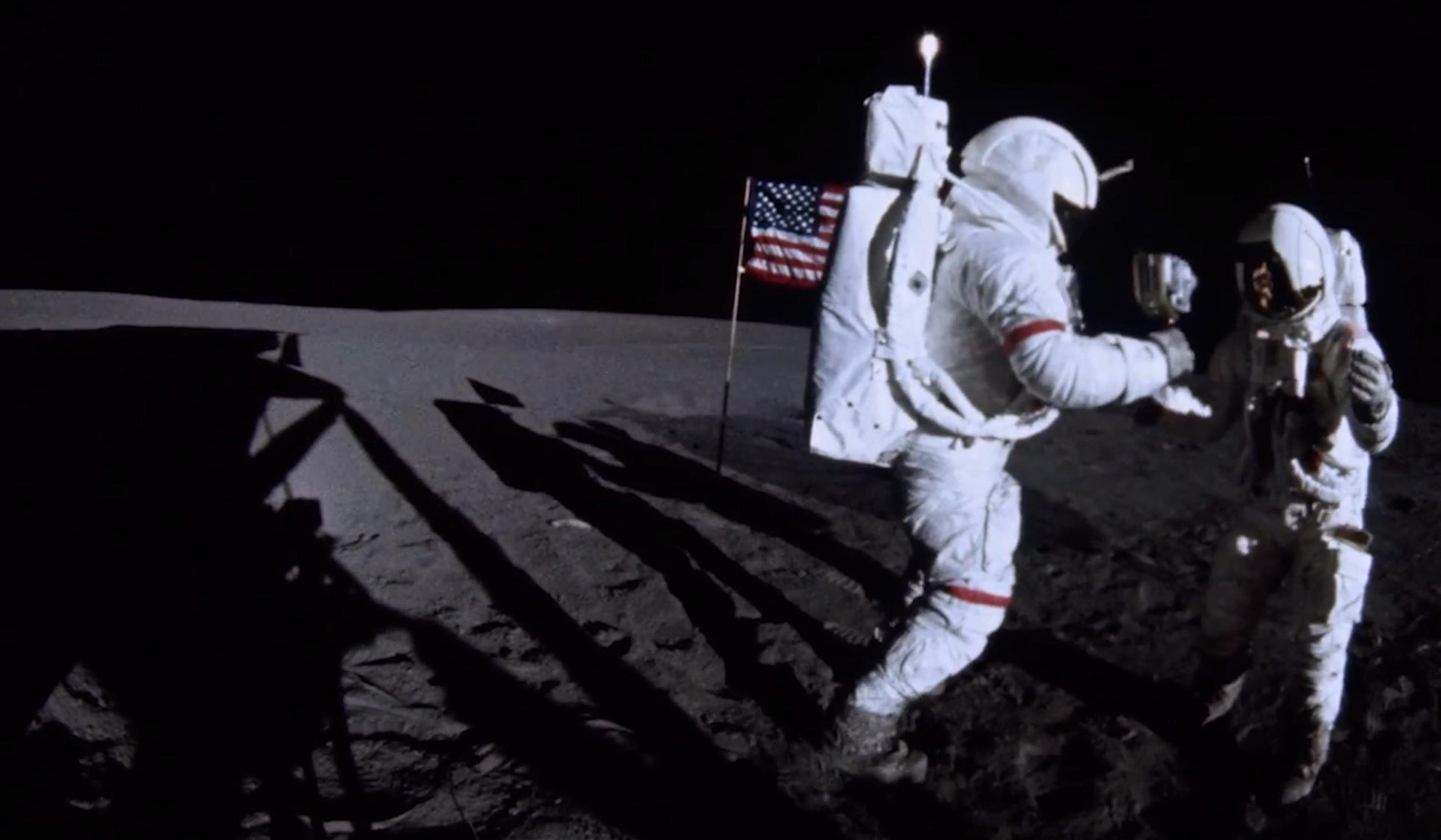
videoHistory of technology
Who owns history? How remarkable historical footage is hidden and monetised
18 minutes
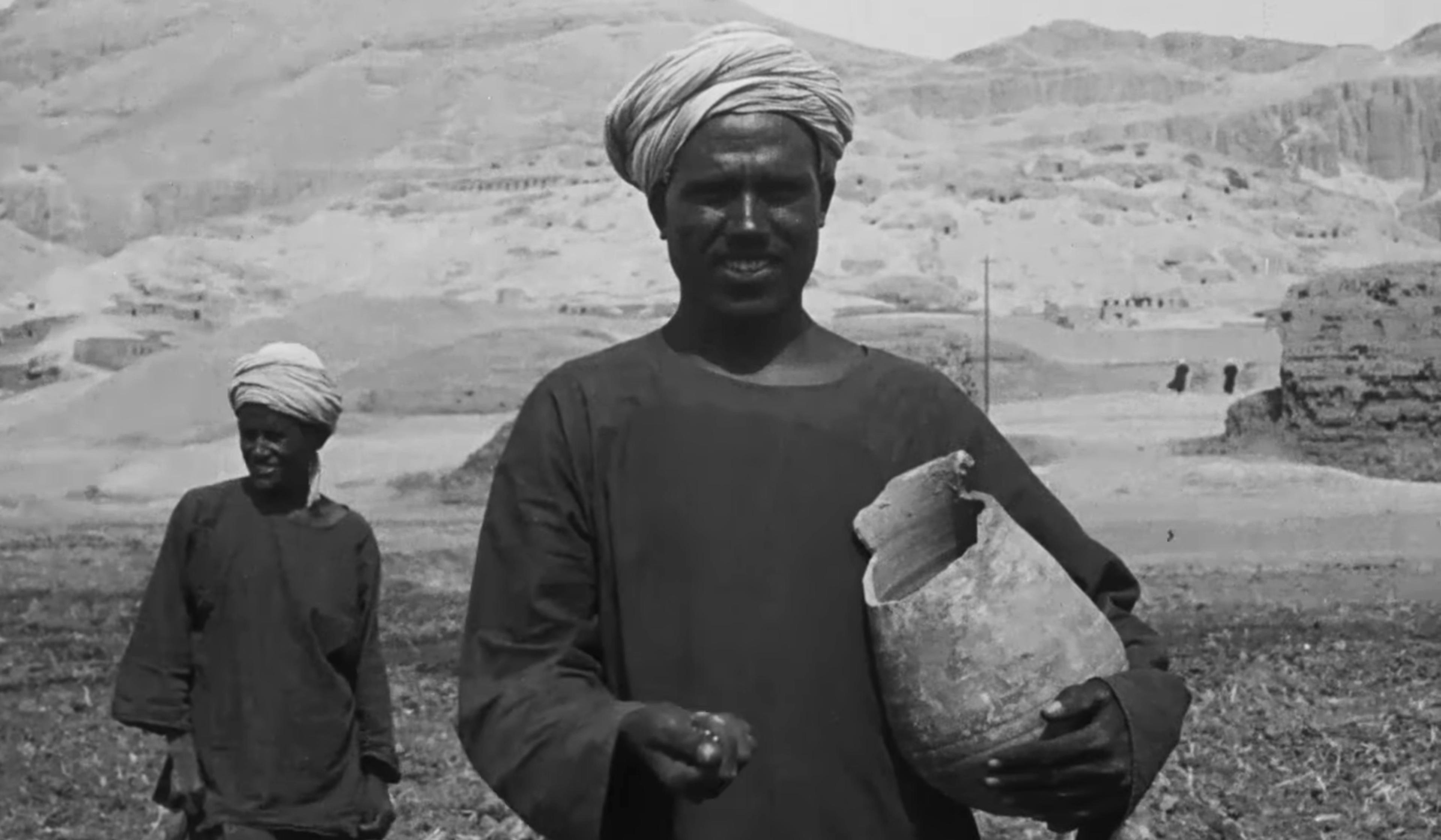
videoAnthropology
Stunning century-old footage of the Nile valley carries echoes from the ancient past
27 minutes

videoArchaeology
What’s an ancient Greek brick doing in a Sumerian city? An archeological investigation
16 minutes

videoHistory of technology
Racing through time on a Brooklyn Bridge trolley ride in 1899
9 minutes

videoArchaeology
What did the first people who entered Tutankhamun’s tomb see?
5 minutes
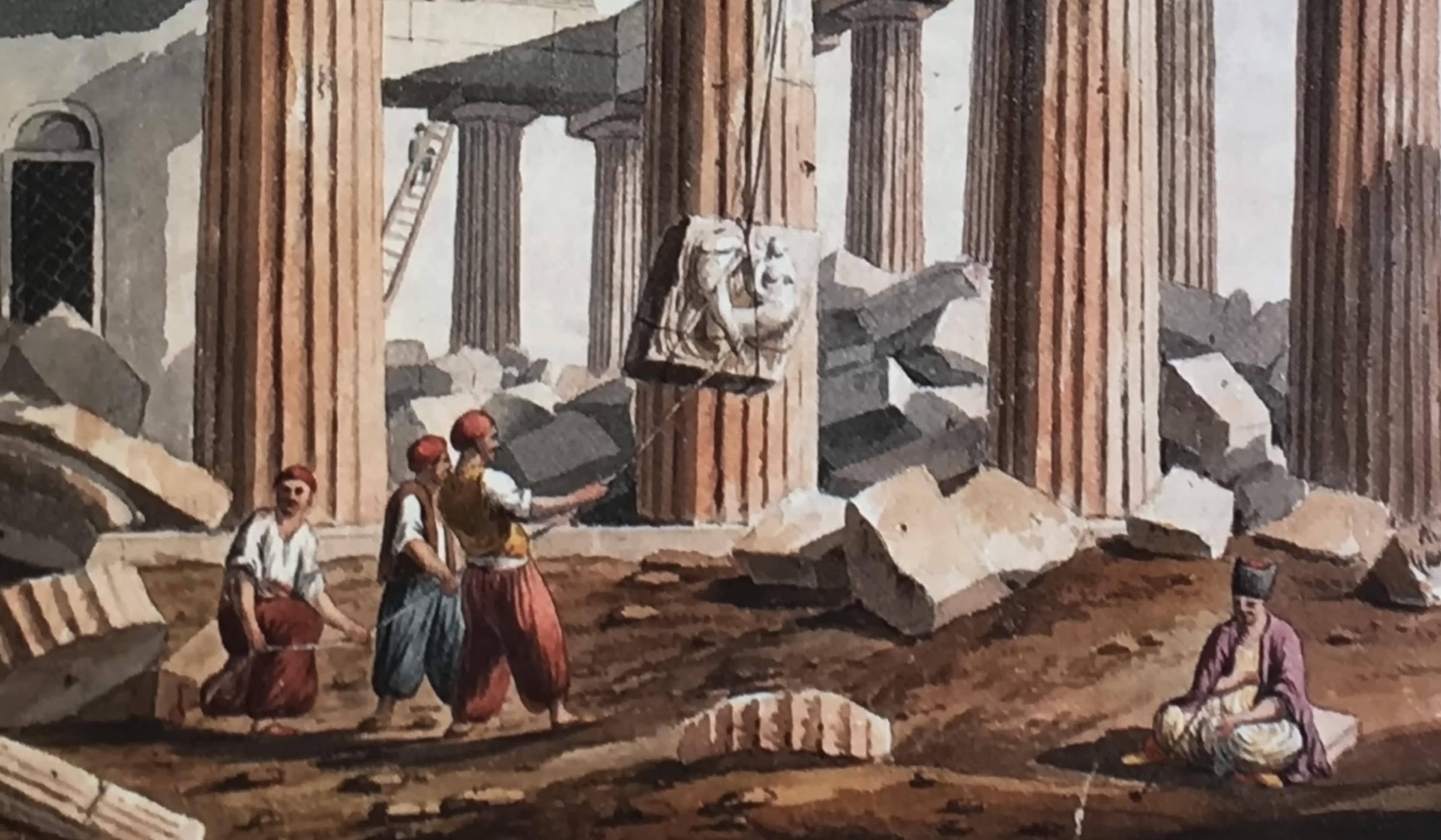
videoGlobal history
The strange journey of the Parthenon Marbles to the British Museum
10 minutes
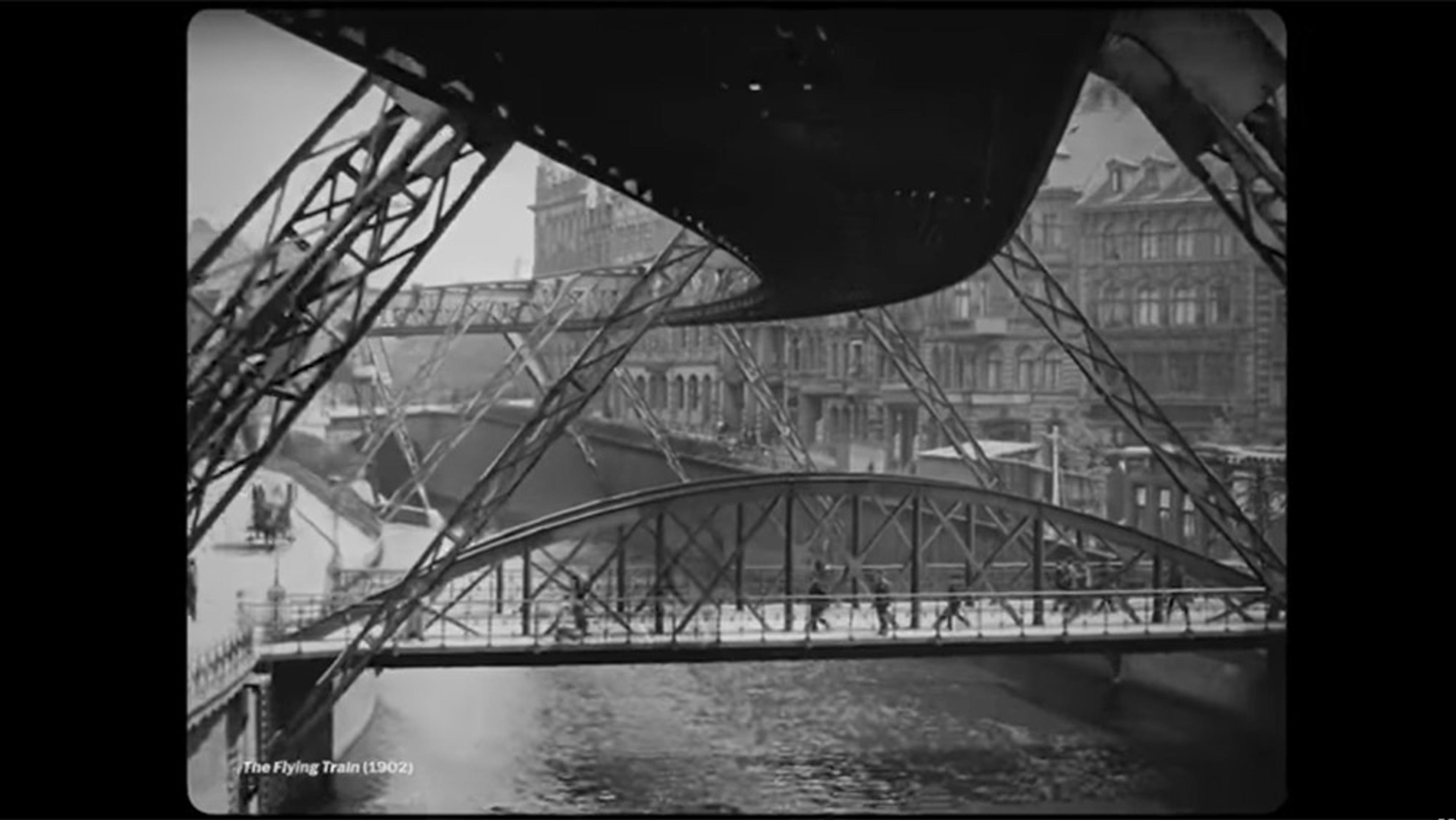
videoFilm and visual culture
Our ideas about what early movies looked like are all wrong
11 minutes
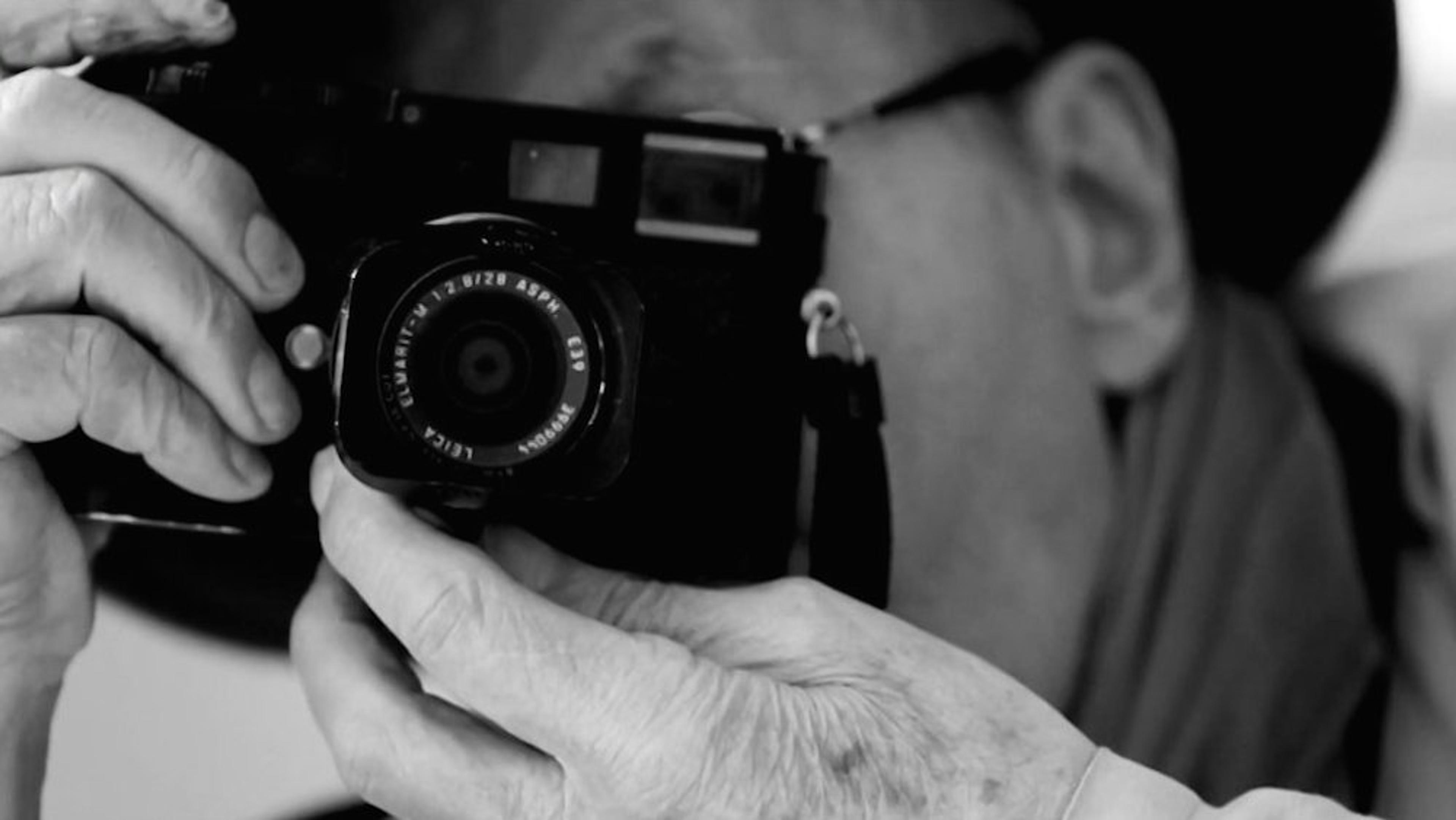
videoBiography and memoir
René Burri on a career of turning evanescent moments into indelible photographs
11 minutes